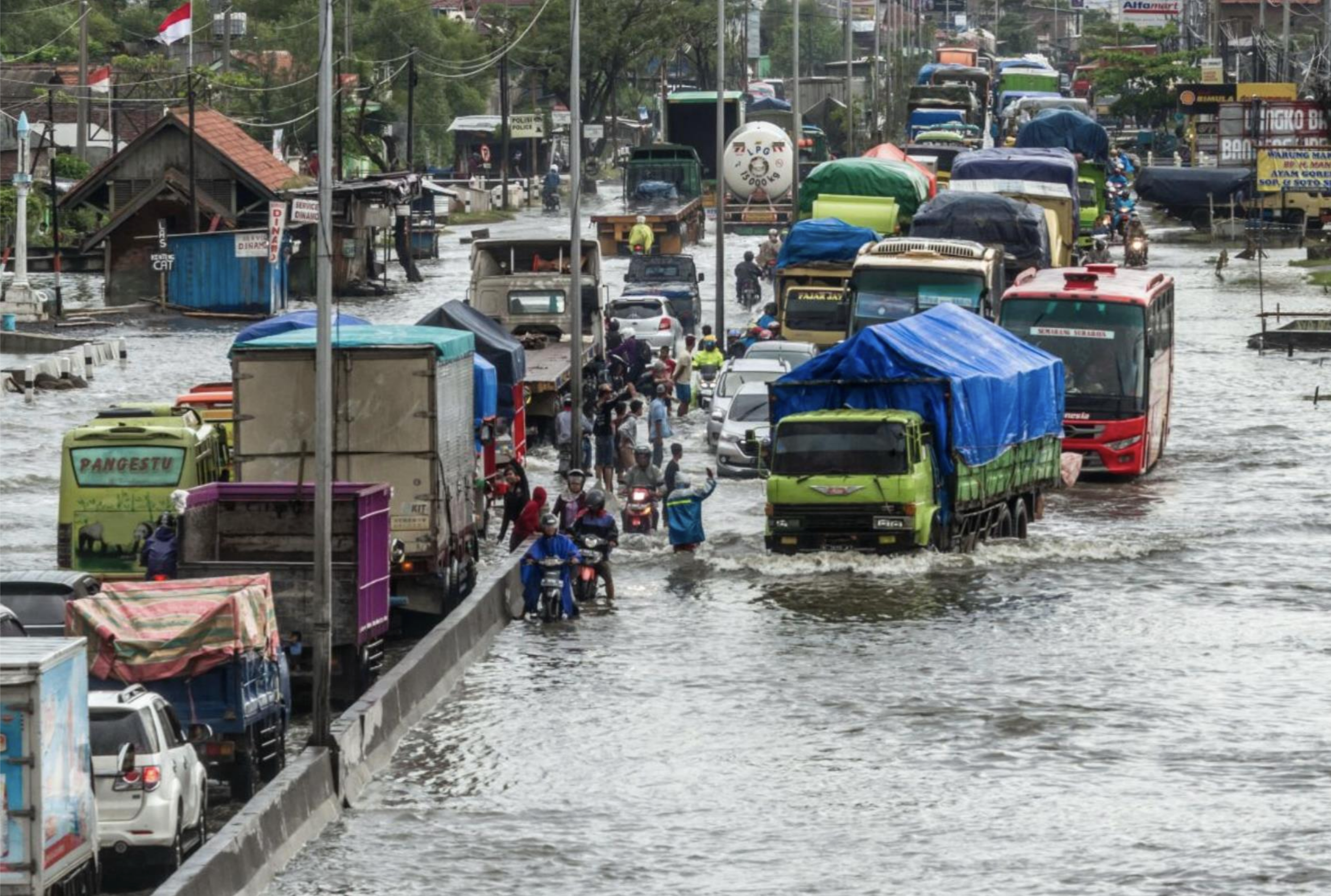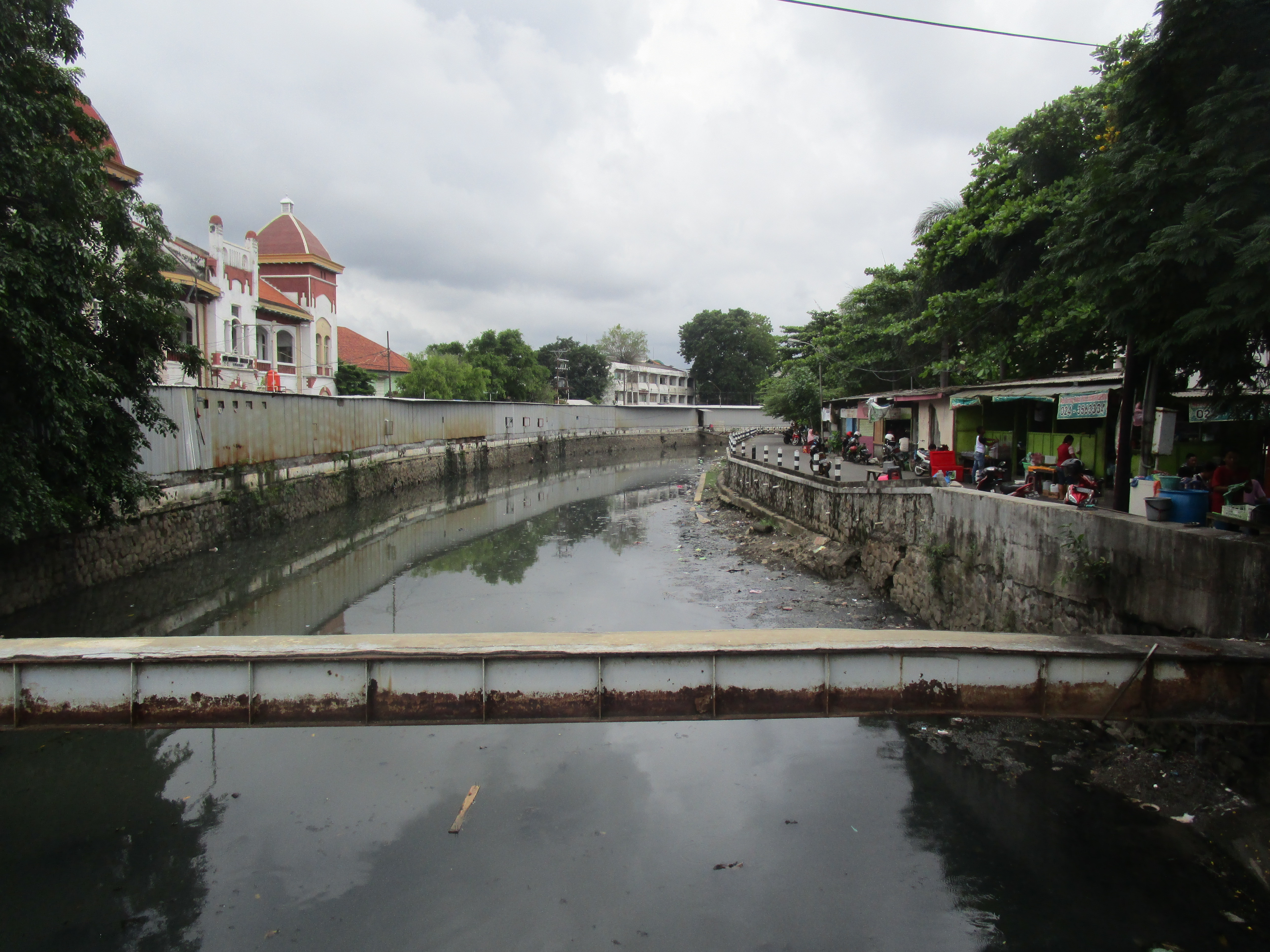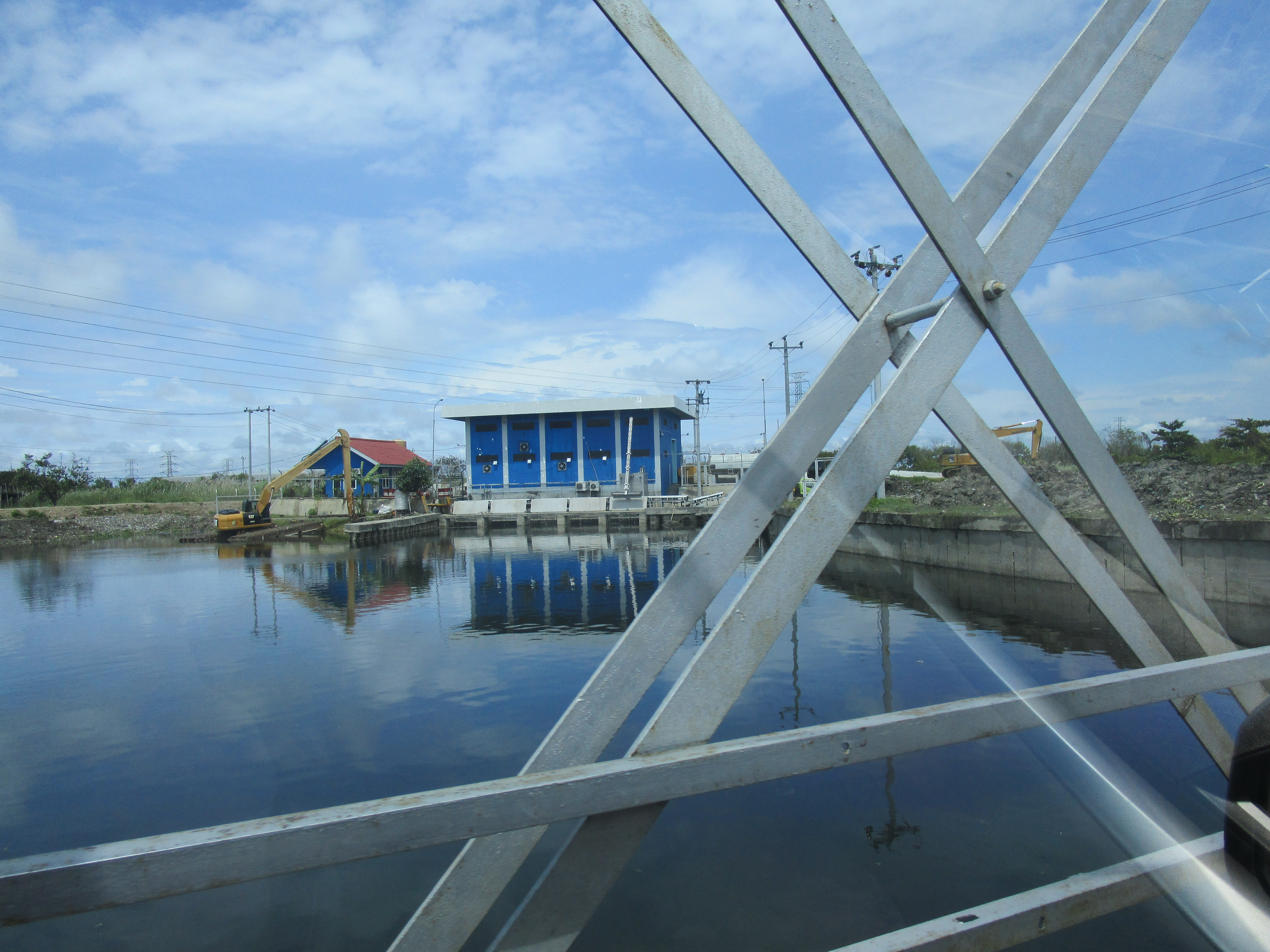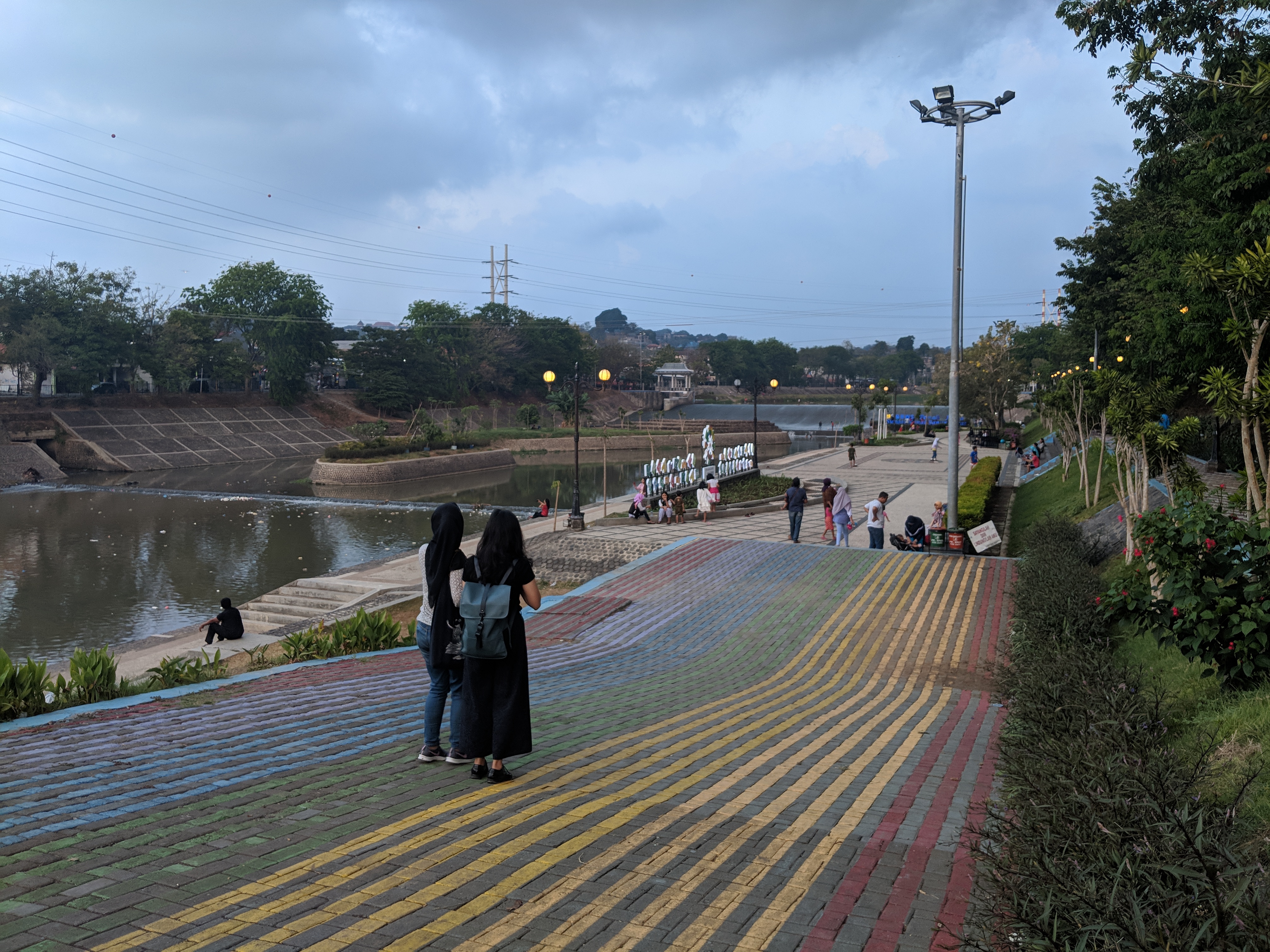Soggy Cities, Entry 1: Semarang
May 29, 2019
Martin Premoli
In this entry, Professor Simon Richter (University of Pennsylvania) discusses how rising waters have influenced the city of Semarang in Indonesia. This is the first entry in the Soggy City Series, edited by Martin Premoli. Read the series introduction here.
The citizens of Semarang call their city “kota yang tangguh”—tough city. That is their way of saying that Semarang is resilient. It has to be. Built on a complex delta intersected by numerous rivers and canals, stretching between mountains and the Java Sea, parts of Semarang are subsiding at rates similar to Jakarta, while coastal wetlands disappear. If Semarang succeeds in addressing its water challenges creatively, it will be because of the resilience of its communities and its government’s savvy ability to stitch together novel alliances between its own institutions and citizens, on the one hand, and those of foreign nations and international NGOs, on the other. In the past ten years, Semarang has partnered with Mercy Corps, the 100 Resilient Cities Program of the Rockefeller Foundation, and the Netherlands in order to advance its sustainable development and resilience goals. Currently, it is one of only three Asian cities participating in Water as Leverage, a Dutch-sponsored program that involves local stakeholders in a process that works with city government to adapt to amphibious living.

Semarang Street Flooding, Image taken from Media Indonesia https://mediaindonesia.com/read/detail/144156-banjir-di-semarang-kian-meluas)
There is a gritty charm to this industrious city on the coast of North Central Java. Established as a colonial town by the Dutch East India Company (VOC) in 1702, Semarang proper has a population of approximately 1.7 million people, with several million more living in surrounding areas. The lives of many are affected by tidal flooding; during the rainy season, there is flooding along rivers, flash floods, and the threat of landslides in the upland areas. All of this is exacerbated by subsidence rates in some coastal areas of more than 15cm annually and the mounting threat of sea level rise. During the last decade, the city has raised streets and essential infrastructure. Businesses have relocated or been abandoned. Residents who could afford to keep pace raised their homes; those who couldn’t step down into sunken houses through doorways half their former height. For a while, the future of Kota Lama (old city), consisting of more than 100 colonial era buildings, the greatest concentration in all of Indonesia, and Pecinan (Chinatown) hung in the balance as citizen preservation groups rallied public support and prevailed on the city to determine whether restoration could be coordinated with flood protection.

Kota Lama (Old City) by Simon Richter
Subsiding House by Simon Richter
A signal moment in Semarang’s soggy history was the creation of the Banger Polder, completed in 2016. In partnership with the district water authority of Rotterdam, the city and the 85,000 residents of a low-income urban area plagued by tidal flooding instituted a Dutch style polder—an artificially maintained hydrological regime—that secured “kaki kering untuk semua” (dry feet for all). The infrastructural intervention was modest—reinforcing dikes, installing an earthen dam and a pumping station—but it went together with an experiment in citizen governance, based on the polder model as social institution. “Polder” is a popular word in Semarang and the coastal stretch of the city is now divided into four polders, each with a dedicated flood canal, sea wall and pumping station. Major national projects, including a toll road cutting through the sea that will double as sea wall, seem bent on converting much of the coastal plain into a polder.

Banger Polder Pump House, Image by Simon Richter
Polders buy time, but their water defenses subside just as quickly as undefended ground. If Semarang does not get a handle on subsidence, the Banger Polder will have outlived its usefulness in ten years and tidal flooding will return. Everything depends on stopping subsidence. The major cause is unregulated ground water extraction, primarily by industry, but also by hotels, universities, residents, and the city itself. The public water supply meets only 20% of the city’s needs. Enforcement of regulations in the absence of sufficient supply is impractical. Through Water as Leverage, a comprehensive, multi-faceted plan is being developed that involves local, provincial, and national planning agencies, impacted residents and businesses, neighborhood organizations, local non-profits, universities, an artists’ collective, Wetlands International and the Nature Conservancy, as well as international design teams. Under the banner of a design variant of the Javanese phrase “Bhinneka Tunggal Ika” (unity in diversity), One Resilient Semarang aims at enabling communities and industries to reduce their reliance on ground water through rainwater retention and water recycling on a local level while strengthening their communal identity and resilience. Concurrently, there are efforts afoot to leverage large capital projects by fusing green and blue infrastructure (mangrove reforestation and sediment capture) with grey in an integrated coastal protective zone.

Making Room for the River, Image by Despo Thoma
Michael Kimmelman’s harrowing report on Jakarta in a widely-read NY Times article, “Jakarta is Sinking So Fast, It Could End Up Under Water,” gave that city ten years to save itself. Semarang is working under similar time pressure. Both are cities to watch as harbingers of our soggy urban future. Thanks to the deep cultural resilience of its citizens, there’s a good chance Semarang will succeed.
